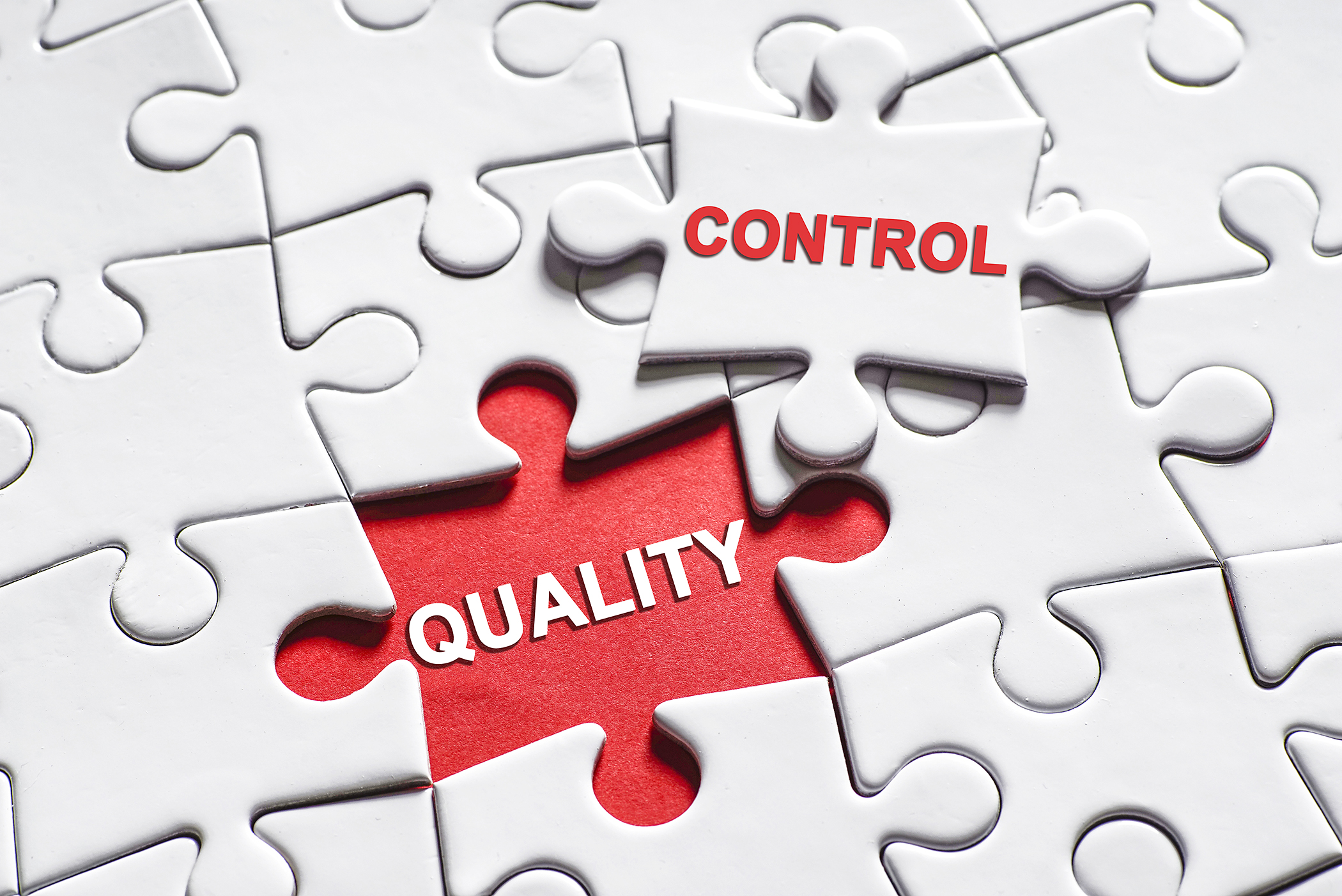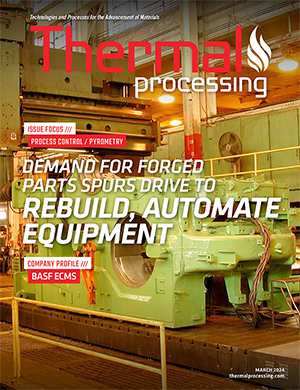
In a world that asks for more, what we sometimes need is less. I’m currently back in school, working on a Ph.D. in Industrial Organization Psychology to learn how to integrate this concept of flow into the workplace so the people and the processes can get the best out of it.
Flow is comprised of four stages: struggle, release, flow, and recovery. In his book The Rise of Superman, Steven Kotler identifies the importance of not only creating conditions for generating flow (which can lead to optimal and sometimes peak performance in individuals) but also the need to integrate periods of release and recovery. So, even though slow and steady might win the race between the tortoise and the hare, the need to take breaks like the rabbit are also best for the long haul.
Imagine reading AMS7250 for the first time. Slow and steady, you read each section and turn each page, moving through sensors, calibrations, system accuracy tests, temperature uniformity surveys, and quality’s role in corrective actions. If you were like me when you first read this daunting specification on pyrometry for heat-treat furnaces, you discovered there was a LOT of information to absorb. I certainly struggled to even just understand what the acronyms stood for.
Fortunately, in a work day there are breaks such as lunch and even winding down when the shift is done for the day. This isn’t to say you should just toss your bags away and off you go to forget about everything from work. An amazing thing about the brain is we really don’t forget, and it allows for what is called the release phase — allowing for the expectations to dwindle and the dust to settle. Then, the next time you open up AMS2750 and need to implement or perform some of the requirements, it will seem more like second nature. Possibly, it even begins to flow.
In his original work, Flow, Mihaly Csikszentmihalyi defined flow as optimal experiences that he perceived to be the rare times when all the stars aligned in a world of increasing disorder, which created conditions where humans could find joy in what they were doing. It is at first frustrating when you learn to ride a bike or even drive a car for the first time. You struggle. The stop and go. The challenges of balancing on two wheels. The skill needed to stay upright and peddle forward. How hard to press the brake to ease the car to a stop. Throughout the periods of work and rest, you eventually begin to learn how to ride a bike or drive a car. Similarly, you eventually learn the technical difficulties of AMS2750. And that is why, after a hard day’s work, we do need time off — to relax and separate from our work.

The point is this: Learning to do less does not mean we sit and do nothing. It means to be aware that breaks are needed with the same level of attention given to the work that is required. Giving someone AMS2750 for example, with its daunting list of requirements and technical terms, will not be easily digested upon first pass, nor even the second. It takes many iterations and time in between for the elements to land and to learn them. Being more aware of when to properly take breaks and allow moments in between experiences and learning sessions allows someone to better thrive in the work environment.
Where can this further help? As an instructor or boss or coach, knowing the limits of who you are working with will be critical to their overall success. Employees learn at different rates and sometimes in different ways. Some can pick up a specification, read it, and understand quickly how to implement it. Others might understand the SAT when performing it and not getting bogged down as to what correction factor goes where in the calculation. Creating expectations is critical for an employee’s success. Teaching someone an SAT one day and then having them perform it the next day allows for all four phases of flow to potentially occur.
Knowledge of this cycle can also help in setting the expectations for the team in mastering something. Knowing you can’t give someone AMS2750 the first day they work on the job and have them master it means creating time in the design plan for experience in learning the criteria and then reflecting of it.
Another area to consider “doing less” is in overall expectations. In a manufacturing setting, it can be difficult balancing multiple furnaces with multiple pyrometry requirements in a given shift — heat-treat cycles that need to be set up and run in the furnace; SATs that need to be taken at temperature during a cycle; TUS that needs to be scheduled. Creating situations of too much struggle can overwhelm the employee. Instead, having a plan with priorities for the day helps in getting what the company needs done, but also allows the employee to flow through the activities.
In this example, maybe a particular production order is overdue and should be handled first. Then the operator can set up the TUS and, while the furnace is coming up to temperature, take the SAT. In this way, there are clear goals, which is an antecedent to flow.
Designing flow with an eye to the importance of periods of release and recovery into the employee’s potentially stressful days can promote better throughput of the process. It can not only help organizations get more work done and out the door, but due to its inherent nature of flow, it can create intrinsic rewards that last longer than meeting a ship-day requirement. It creates a desire for the employee to continually want to do that particular work, which is more important so the company can live to ship to the customer another day.
References
- Kotler, Steven. (2014). “The Rise of Superman: Decoding the Science of Ultimate Human Performance”. Amazon Publishing.
- Csikszentmihalyi, Mihaly. (2008) “Flow: The Psychology of Optimal Experience”. 1st Harper Perennial Modern Classics ed. New York, Harper Perennial.


























